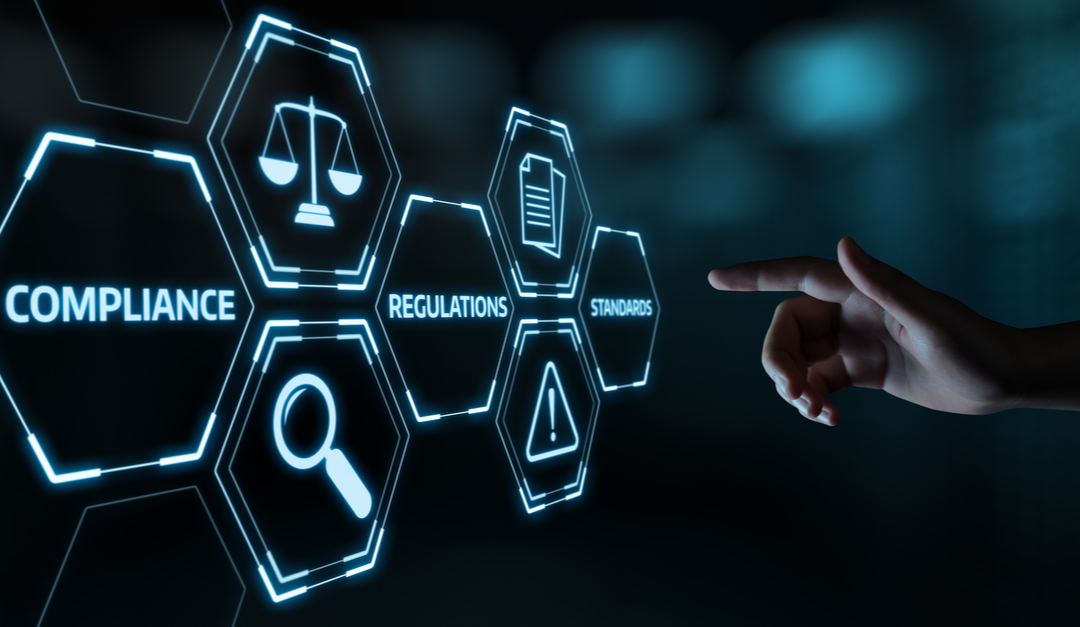For businesses in the life sciences looking to globalize their product or service, accurate and high-quality regulatory translation is essential for market access and success. Companies creating innovative, lifesaving or life enhancing drug therapies and devices, globalizing their service or product is critical, particularly in light of COVID-19, in advancing towards a healthier world and better healthcare ecosystem. With almost every single country having its own regulatory policies that are constantly being updated and changed, it’s important to understand the submission process and regulatory bodies monitoring them. In addition, with consistent and high-quality translation of documents needed for submission, additional knowledge of translation best practices illustrates the important role language service providers (LSP) have in saving time and money for life science companies when expanding into international markets.
Consistency in Quality
The life sciences are undoubtedly one of the most heavily regulated industries in the world, for good reason. Inaccuracies in data sharing, incorrect guidance’s, and poor-quality translation of medical products or services could potentially put patients’ lives at risk. The risks of globalization can be mitigated, however, through quality assurance of translation projects.
Quality assurance includes a wide spread of different facets in translation, including style guides that depict overall formatting and voice when translating medical subjects like eCTDs/CTDs and EHRs. Beyond understanding what language(s) are needed by regulatory bodies, like the US Food and Drug Administration (FDA) requiring English, the European Medicines Agency (EMA) requiring 24 official languages, or the National Medical Products Agency (NMPA) requiring Chinese, understanding the proper formatting and layout, including page size and margins, font size and type, page orientation, as well as file size and type, required by each agency is crucial for regulatory compliance and approval.
In translation, text expansion or contraction is common, and can often affect the overall formatting of documents for regulatory submission. For example, when wanting to submit to Japan’s regulatory body, the Pharmaceuticals and Medical Devices Agency (PDMA) which requires the submission documents to be in Japanese, when translating from English to Japanese, understanding the fundamental differences between the two languages is crucial for compliance. Japanese characters tend to be wider and larger than English, making accommodation of text size crucial for overall formatting. To make it even more complex, Japanese text tends to contract the English translation, potentially causing further issues without the proper knowledge and preparation when submitting to the PDMA.
Advanced Translation Technology
While subject matter experts and professional linguists are crucial for any high-quality translation, translation technology facilitates a quicker timeline, as well as long term higher rates of return for expanding life science businesses. Terminology management is one of the most important tools when leveraging translation; as an industry, the life sciences are known for specific knowledge jargons; to make matters even more complex, companies internally will use their own initialisms as well. Establishing a relationship early on with an LSP is important, as those dedicated to the projects will work with translation memory tools, in turn lowering translation costs over time. Terminology management also helps reduce any confusion between life science businesses and the LSP, working as a centralized location for managing the project, therefore easing the submission process to the regulatory body they’re submitting to much more quickly.
As companies in the life sciences continue to grow and expand into international markets, the importance of understanding not only regulatory policies, but also providing consistent and accurate translation of the medical documentation and data needed is critical for their product’s or service’s success in the new market. Providing the necessary tools, including harnessing advanced language technology, in-country linguists, subject matter experts, experienced project managers, and style guides, not only help mitigate potential losses in both time and money for companies, but also helps advance the world’s healthcare ecosystem, one high-quality translation at a time.
About CSOFT Health Sciences
CSOFT Health Sciences provides end-to-end medical translations for all phases of the product lifecycle, from pre-clinical to post-launch. We also specialize in market access consulting, medical writing, and CTD/eCTD submissions with the FDA, EMA, and NMPA. Our operations are compliant with ISO 17100 and certified in ISO 9001:2015 and ISO 13485:2016, ensuring our customized solutions meet the rigorous regulatory requirements of global submissions.
About CSOFT
CSOFT International is a leading provider of cross-border communications for enterprises seeking growth in global markets. Our expertise in localization, documentation, and branding encompasses a full range of end-to-end content and consulting services that we deliver in over 250 languages. With a focus in health sciences and smart technology, we work closely with our clients to deliver precision solutions to the challenges of engaging markets, consumers, and regulatory environments worldwide.
